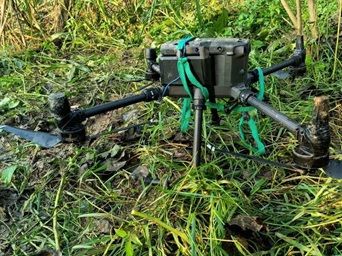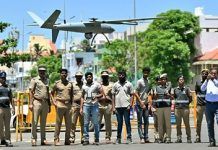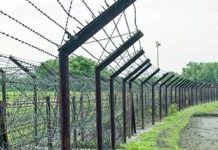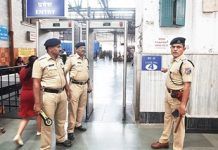The Border Security Force (BSF) officials have said the agency had prepared a Standard Operating Procedure (SOP) to check the movement of drones and smuggling of narcotics and weapons besides mapping the vulnerable points along the Indo-Pak border.
Special DG, BSF, Western Command Yogesh Bahadur Khurania, while speaking to the media in Chandigarh, said the BSF was keeping an eye on the movement of drones along the Indo-Pak border and shot down over 95 drones during the past year.
Most of the drones out of a total of 95 were shot down on the Punjab side of the border besides some in the Ganganagar area of Rajasthan,” Khurania said while adding that the BSF had prepared a SOP to deal with the drone threat.
Special DGP BSF said that the anti-social elements were using drones to smuggle narcotics and weapons. He further said that the inter-district and inter-state linkages between the smugglers of Punjab and Jammu and Kashmir have also been established during the period.
“We have developed a SOP to check the drone movement. BSF Jawans have been trained and are well acquainted with the drone technology,” Khurania said, adding that it was due to the increased vigil that the smugglers have stopped using big drones.
Yogesh Bahadur Khurania said that the smugglers were earlier using heavy lift drones which can transport a payload between three and five kgs. He also said that now they were using small drones with 400 to 500-gram payload capacity, which was moderately priced.
The Special DG BSF, while praising the role of Punjab Police, said that it was due to the help of the police that BSF was able to map the vulnerable points along the border. He said that after listing the grey areas, a decision to install the CCTV cameras has been taken and the project will be completed by the end of March 2024. He also said the proposal to increase the fencing area was also under consideration and would be implemented after the land acquisition and compensation formalities were over. “We have already increased surveillance in these areas and are taking the help of technology to check any activity,” Khurania said.








